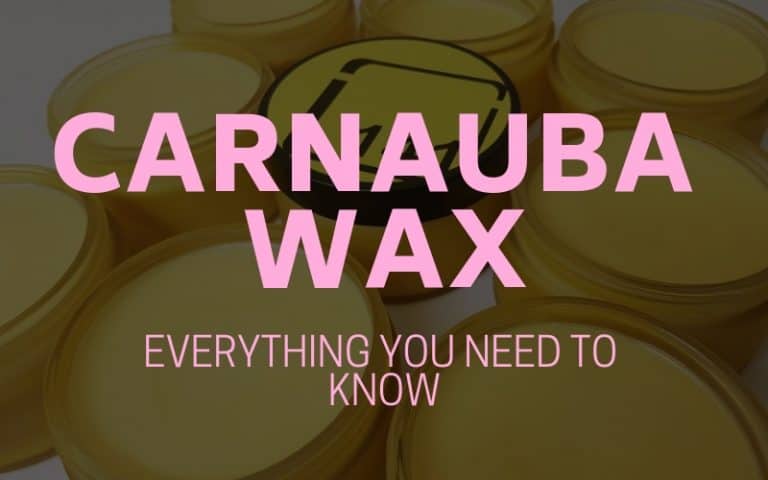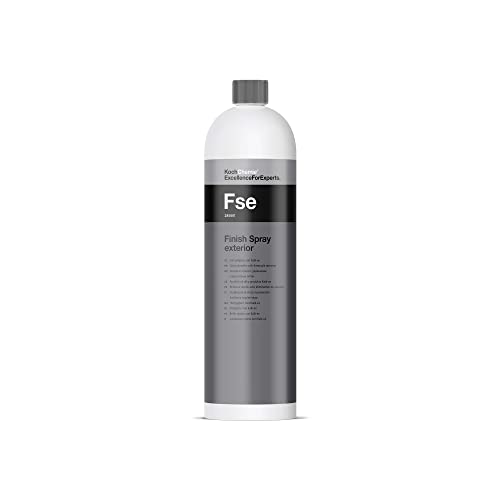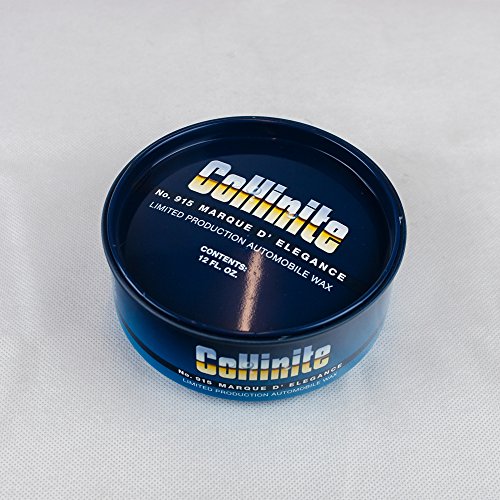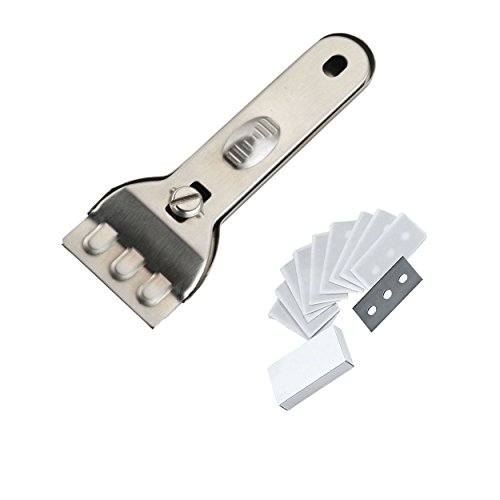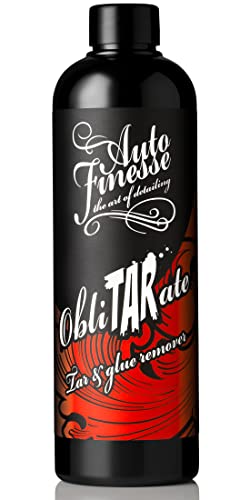How To Safely Wash and Maintain Microfibre Towels
When it comes to microfibre towels, there are practices that you can put in place to make sure that they last for as long as possible. One thing that you won’t be able to do is to simply throw them in the washer as you would your clothes.
With use they will become dirty and need to be cleaned, however, improper cleaning can reduce the effectiveness of your microfibre towels. Good microfibres are an investment, so you’ll want to get as long a lifespan as possible out of them.
The first thing to know is that microfibres are machine washable, which makes cleaning them significantly easier. Unfortunately, it’s not as simple as bundling everything in and hitting the start button.
Detergent to Clean Microfibre Towels
You have several options when it comes to choosing what detergent to use. You must use a liquid detergent, as the powder can clog the fibres. Some detailing companies manufacture a dedicated microfibre wash solution which provides hassle-free cleaning and prolongs the life of your cloths.
I’ve used and liked ValetPro Microfibre Reviver. You can also use an off the shelf fabric detergent, provided it is liquid, non-bio, and perfume free.
- ValetPRO microfibre reviver has a unique effective formulation but, unlike regular detergents, not aggressive, leaving the microfibre towel revived…
- The microfibre reviver uses natural and biodegradable cleaning technology
- This product removes grime, wax or stains from your microfibre cloths, ensuring the microfibre towels remain at high quality for longer
If I am honest this is what I use 90% of the time. It’s cheaper, and there is no noticeable difference. I usually use whatever the supermarket has on offer, but Woolite is used by many detailers with great results.
You can also use white vinegar as a washing detergent. It is a fantastic cleaning solution, and I’ve never noticed a lingering smell of vinegar afterwards. A couple of capfuls should be enough.
Separate New, Coloured Towels
Before I dive in, I just wanted to point out that for the first wash of new, coloured towels, I will wash these on their own. The reason is that I want to make sure there is no colour transfer from one towel to another.
Some brands are better than others here, but some are pretty poor for colour transfer. You don’t need to sort the towels for each brand that you use, just make sure that the first couple of washes are made with all the same colour in a single wash.
Step 1: Separate the dirtiest cloths
Some cloths will be dirtier than others after a cleaning job. If you have used cloths for floor mats or pedals, these will probably be brown or black, so set these to the side.
Rinse them out using running water to remove any grit that could be transferred to other cloths. If any stains remain, put the dirty cloths in a bucket of cold water and add a few capfuls of white vinegar. Leave these for a few hours and this should be enough to remove most if not all of the stains.
If you’re washing a mitt you use to clean wheels, I would put it in a separate bucket of water, as this will probably be the dirtiest microfibre of the lot. It’s likely going to contain small dirt particles within it, so take a little time to rinse these out as well.
Step 2: Washing
Most of your cloths can go straight into the washing machine. Wash these on their own and do not have any other clothes in the same load. I’m also of the opinion that drying towels do not need to be washed after every use. In theory, they should only be picking up clean water, so I usually just rinse mine out under a tap and leave to dry. However, if you can see some dirt on your towel, it’s best to wash it.
Add your detergent to the wash section in the drawer. If your machine has the option of a synthetic wash, this is the one you want to pick. A temperature of 40 degrees Celsius is ideal for microfibre. Any hotter and the fibres can become frayed, any cooler and the towels will not clean so well. You can also add some white vinegar to the fabric softener drawer to add extra cleaning power.
After the main bulk of cloths are washed, wash the group of dirtier cloths separately.
Step 3: Drying
After the wash cycle is complete, hang the towels to air dry. You can leave them indoors or outdoors; some people argue that hanging cloths outside risks them picking up contamination. Since this can happen, check for any debris. Not everyone has room to dry them indoors.
One thing you must not do is leave towels on a hot radiator. This can singe the fibres, rendering them useless.
Microfibres can also be tumble dried, using the same principles as before. Use a setting for delicates or synthetics. If your tumble dryer has a low heat setting, also use this. If there is no option to use a lower heat, do not tumble dry.
You can add dry towels to the tumble dryer for a few minutes once they are dry to soften them. alternatively, you can use them in the tumble dryer until almost totally dry and air dry for the final few minutes to avoid any singing of the fibres.
Step 4: Storage
Once the towels are dry, store them folded in a clean box with a lid. This will keep them from picking up any contamination which could in turn scratch your paint.
I hope this guide to maintaining your microfibres has been useful. Remember, don’t use powder and do not leave on a hot radiator.
FAQ
How do you wash microfiber detailing towels?
Rinse the towels in clean water before washing to remove any large particles. You can then use a non-bio, liquid detergent at 40 degrees Celcius on a synthetic wash. Air dry for best results.
How do you dry microfibre cloths?
For best results, you can air-dry the towels in a clean room. You can also tumble dry until just about dry and then hang out for the final part. Do not dry over a radiator and use a low setting within a tumble dryer.
Can you wash all towels together?
I recommend that for new towels, you split them up and wash as per colour to avoid and colour leaks. If they are older towels, you should be fine adding them all into the same wash.
Do you need to wash a microfiber drying towel?
Theoretically, a drying towel should be soaking up clean water, but it's possible to still get dirt particles that you miss on the wash process. It's for this reason that I recommend you at least rinse the towel after use and wash at least every other time you use the towel.


